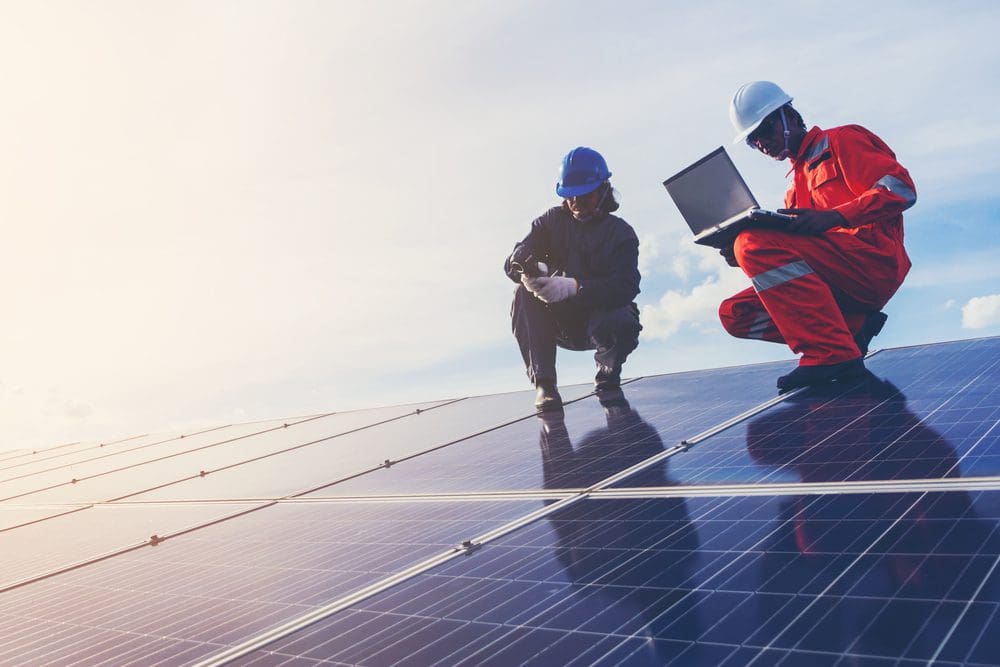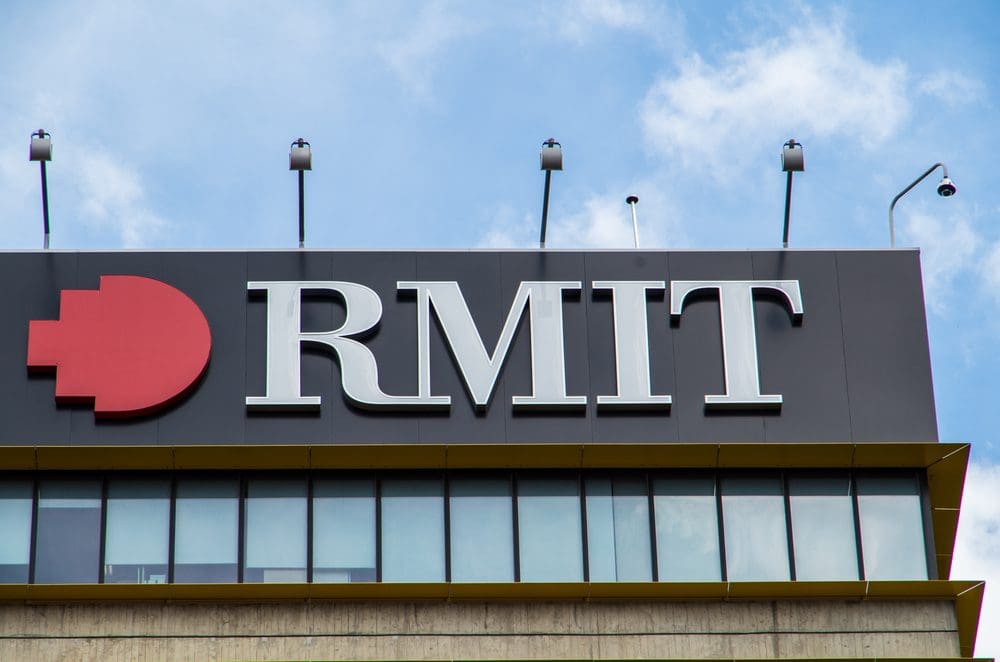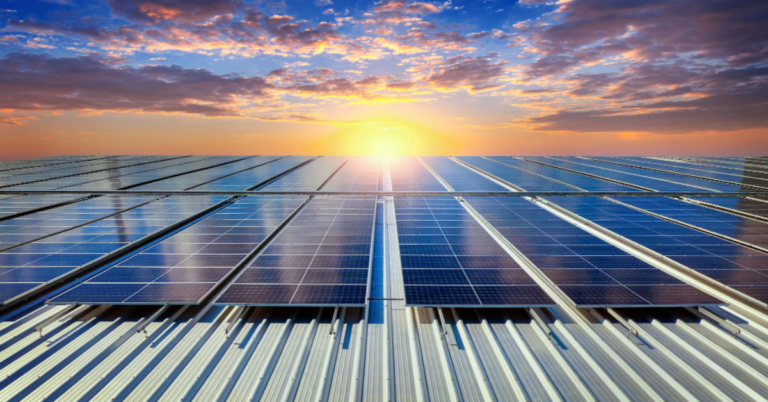In our relentless pursuit of decreasing our carbon footprint and switching from fossil fuels to renewable energy sources, we have long looked to harness solar energy.
Solar energy harvesting is nothing new, solar panels adorn rooftops and litter the landscape around the world and is hailed as an effective energy source. But are we on the verge of something even more efficient?
If we are, it will swell what is already a multi-billion dollar industry.
The Future of Solar Energy

According to Fortune Business Insights, the global solar power market is projected to grow from $234.86 billion in 2022 to $373.84 billion by 2029.
And one such new kid on the block is solar paint; which does exactly what it says on the tin. A special wall paint applied to the exterior of buildings, it promises to turn sunlight into a new power.
It is one of a number of technologies which are taking solar power into a new, widely-accessible field.
Yet solar paint is so in its infancy, it has yet to come to market – but analysts are united in believing if the formula can be perfected, it has enormous growth potential.
Market research firm ReportLinker recently issued a report on the topic. It said: “Growing awareness about the benefits of using renewable sources of energy and finding methods to maximize the energy output will drive the growth of the global solar paint market in the coming years.”
What is Solar Paint Technology?
So just what exactly is it?
Firstly, it’s not a single product, but a range of technologies seeking to deliver the same goal.
The three key types currently subject to extensive R&D investment are quantum dot solar cells, hydrogen-producing solar paint, and perovskite solar paint.
The key challenge facing all those developing the technology is to ensure they deliver sufficient energy to make their application worthwhile and be long-lasting – problems that, as yet, they have failed to demonstrate.
Explains the Solar Action Alliance: “The main issue with solar paint is that it’s not quite efficient enough to be commercially viable.
“Solar paint ranges anywhere from 3-8% of solar energy capture. Efficiency is essentially the percentage of the power of the sun’s rays that the technology can capture. If a particular type of solar paint has a 5% efficiency, that means it’s capturing only 5% of the total available sun energy. For comparison sake, traditional silicon solar panels have recently begun breaking the 20% barrier. Most experts agree that a solar technology has to surpass 10% efficiency to be viable.
“Solar paint certainly has the potential to be less expensive than solar panels, in terms of both production and installation, but the low efficiency means that it’s not quite ready to be taken to market. However, we still think it’s quite amazing that the technology exists at all. The widespread usage of solar paint is not as far off as it may seem.”

For example, researchers at the Royal Melbourne Institute of Technology have developed a solar paint that can generate hydrogen fuel, a clean energy source, from water vapor.
The paint contains a newly developed compound that acts like silica gel, which is used in sachets to absorb moisture and keep food, medicines and electronics fresh and dry.
But unlike silica gel, the new material, synthetic molybdenum-sulphide, also acts as a semi-conductor and catalyses the splitting of water atoms into hydrogen and oxygen.
RMIT lead researcher Dr Torben Daeneke said:
“Our new development has a big range of advantages. There’s no need for clean or filtered water to feed the system. Any place that has water vapour in the air, even remote areas far from water, can produce fuel.”
Another form is what are known as quantum dots – or photovoltaic paint.
Developed by the University of Toronto, they are effectively nanoscale semiconductors which can capture the sun’s rays and transform it into power.
This is fuelling one start-up’s ambitions to revolutionise the solar industry.
Investment Opportunities in Solar Paint Technology
Israeli firm SolOr is currently seeking investment after launching in 2021. It is developing its nano-based painting material for a range of surfaces like cars and buildings.
Late last year it shared in the $2 million prize on offer from the Climate Solutions Festival as winner of a start-up category.
Spanish firm Onyx Solar claims to be the world’s leading manufacturer of transparent photovoltaic glass for buildings – allowing the installation instead of the more intrusive solar panels.
Primarily venture-capital backed, the private company has already attracted some $2 million in investment.
Then there’s the likes of US firm Solar Window Technologies, which is producing power-generating glass and plastics.
Much like solar paint, these flexible solutions look to harness the Sun’s power. It has a range of applied coatings to both rigid and flexible glass. It’s attracted over $29 million in investments but do your due diligence on the company as its stock price has recently taken a tumble.
Conclusion
For the investor, the potential of advanced harvesting of solar energy offers significant promise. But, at this stage, the technology remains in its infancy and companies are still very much in the R&D phase. However, should you back the right horse in the race to succeed, at an early stage of its life-cycle, then the rewards could be handsome. The trick is identifying those which are too far from market and those who spend big but fail to deliver. Due diligence is heavily advised.
Companies to Watch
SolOr, Onyx Solar, Solar Window Technologies








